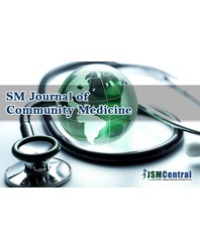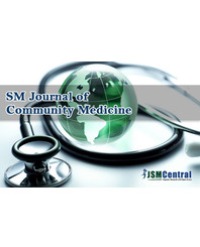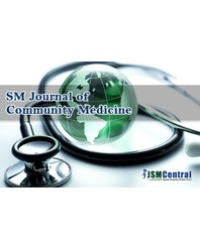
Is Perception Reality? Identifying Community Health Needs When Perceptions of Health Do Not Align with Public Health and Clinical Data
Objectives: During a multi-year community health needs assessment process, we sought to prioritize the health needs of the community served by the Meadville Medical Center (Crawford County, PA) and meet the Affordable Care Act requirement for non-profit hospitals.
Methods: We collected community health perspective data through a voluntary in-person survey. Additionally, we collected data from the Meadville Medical Center Emergency Department and the PA Department of Health. Using qualitative methods we compared the datasets to prioritize community health needs.
Results: Both the perceptions and surveillance data show chronic diseases to be the priority health concern. There was a large perception that mental health is a need; however, surveillance data identified sexually transmitted infections and vaccine-preventable diseases as community health priorities.
Conclusions: Public health interventions, education programs, and further research are needed to address the community health needs that were prioritized. The mixed methodology approach we used to conduct our community health needs assessment can be utilized by other small, rural hospitals that need to complete a community health needs assessment to meet Affordable Care Act requirements.
Erica D. Bryson¹, Elizabeth J. Schafer¹, Erica L. Salizzoni¹, Austin C. Cosgrove¹, Daniel J. Favaro¹, and Rebecca Smullin Dawson¹*




